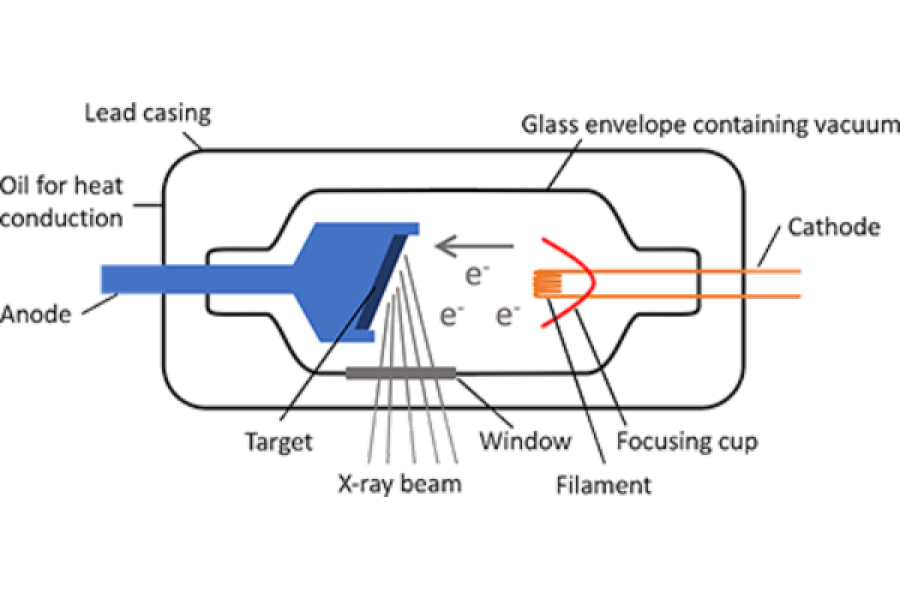Skip to contentHow was X-ray produced?
wellman2023-11-27T09:43:18+08:00X-ray was discovered by German physicist W.K. Roentgen in 1895, so it is also called Roentgen ray. X-ray is an electromagnetic wave with extremely short wavelength and high energy. The wavelength of X-ray is shorter than that of visible light. In November 1895 On the 8th, when Roentgen, who was the headmaster of the University of Würzburg in Germany, was conducting cathode ray experiments, he observed the faint light emitted from the screen coated with barium platinocyanide near the ray tube, and finally he was convinced that it was a kind of A new ray that is not yet known. This light has very strong penetrating power. In order to show that this is a new ray, Rontgen named it X-ray by using the X that represents the unknown, and won the Nobel Prize in Physics in 1901. He is the first person in the world to receive this honor.

The simplest way to generate X-rays is to hit a metal target with accelerated electrons, during the impact, the electrons are suddenly decelerated and their lost kinetic energy (1% of it) is emitted in the form of photons, forming a continuous flow is part of the X-ray spectrum which is called braking radiation.

By increasing the accelerating voltage, the energy carried by the electrons increases and it is possible to knock down the electrons of the inner layer of the metal atoms, so that holes are formed in the inner layer and the electrons of the outer layer return to the inner layer to fill the holes, and at the same time, the emitted wavelength is 0.1 nanometers. For the left and right photons, since the energy released by the outer electron transition is quantized, the wavelength of the released photons is also concentrated in some parts, forming the characteristic line in the X spectrum, which is called the characteristic radiation.
Share this to your social media







